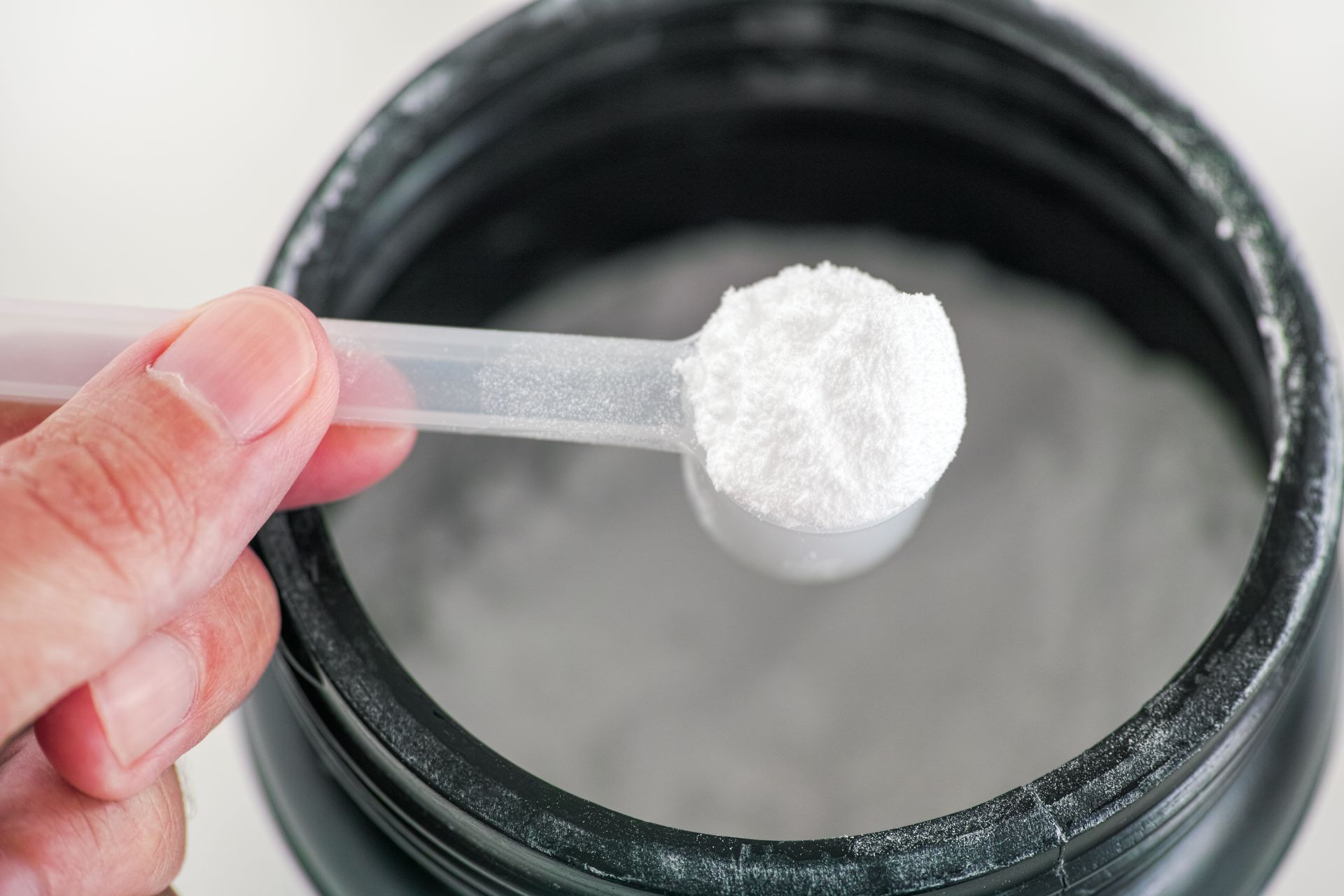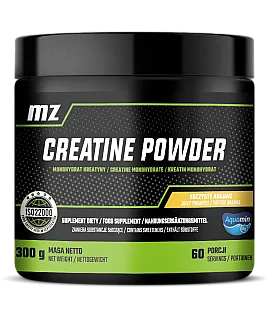Vacuum training - what is it?

Most of us dream of a flat and muscular belly. Although the appearance of the figure depends largely on genes, our lifestyle also has a lot to say about it. A well-composed diet and regular exercise can help you get a narrow and outlined waist. Let's find out what exercises are worth doing to strengthen the abdominal muscles and improve their appearance.
- What is Vacuum training?
- How to properly perform Vacuum training?
- Which muscles does Vacuum training activate?
- What are the benefits of Vacuum training?
- Does Vacuum training help you get a six-pack on your abdomen?
- Vacuum training contraindications
What is Vacuum training?
Vacuum training literally means abdominal vacuum. Vacuum exercises are based on isometric contraction of the transversus abdominis muscle, which is the deepest muscle of the abdominal shell. Vacuum training was particularly popular in the 1960s - 1980s. It was performed by Arnold Schwarzenegger himself, i.e. seven-time winner of the most prestigious bodybuilding competition Mr. Olympia. Vacuum training involves breathing and pulling in the abdomen, thus activating the deep layers of the abdominal muscles (the so-called core). It is especially recommended for people who complain of lower back pain. In addition, Vacuum training can be performed literally anywhere, and does not require any financial costs associated with the purchase of special equipment or a gym pass.
How to properly perform Vacuum training?
Vacuum training can be performed in many ways, such as lying on the back or stomach, standing, kneeling and sitting. The two most popular versions of the Vacuum workout are exercises performed while lying on the back and while standing.
Option 1: Vacuum workout in the supine position.
-
Lie on the floor with a neutral spine, bent knees and flat feet.
-
Take a deep breath in through your nose and slowly exhale with your lips tightened (try to imagine slowly letting the air out of your tire). As you exhale, pull in your lower abdominal muscles. A useful tip is to imagine your navel being pulled toward the back of your spine. Remember to tighten your abdominal muscles while doing this.
-
Continue breathing normally, tensing your abdomen all the time. You should not hold your breath, as this is a sign that you are not tensing the transverse abdominal muscle. Try to hold this position for at least 20-30 seconds, then repeat 2-3 times.
Option 2: Vacuum workout in standing position.
-
Stand straight with your hands on your hips.
-
Take a deep breath in through your nose and slowly exhale with your lips tightened. As you exhale, slowly pull in your lower abdomen, tightening your abdominal muscles.
-
Breathe normally, holding the position for at least 20-30 seconds, then repeat 2-3 times.
Some people find it helpful to place a hand on the lower abdomen, which reminds you to pull the abdominal muscles inward.
Which muscles does Vacuum training activate?
Vacuum training is aimed at activating the deep layers of the abdominal muscles, and even more so at strengthening the deepest transverse abdominal muscle. The transverse abdominal muscle lies horizontally (transversely) around the abdominal cavity and forms a belt around the waist, which is a natural muscle corset for the internal organs. Its main functions include protecting the spine, supporting the internal organs of the abdominal cavity, and supporting the action of excretory forces (e.g., exhalation, urination, defecation). Vacuum training was developed to help people practice consciously contracting the transversus abdominis muscle, thereby strengthening it. When the transversus abdominis muscle is strong and a person is aware of how to use it, it helps better protect and support the spine during exercise and daily activities.
What are the benefits of Vacuum training?
Vacuum training performed regularly has many health benefits. Among the most important are:
- Reducing lower back pain. Having strong deep abdominal muscles, including the muscle of the
transverse abdominis is associated with a lower risk of back pain. - Lowering the risk of back injury. Learning to properly contract the deep muscles (i.e., transverse abdominis, multifidus, internal and external oblique, pelvic floor muscles) can help reduce the risk of back injuries occurring when lifting and moving heavy objects.
- Reduce waist circumference and improve the appearance of abdominal muscles. As the transverse abdominal muscle wraps around the waist and
abdominal organs, strengthening it can result in a
a reduction in waist circumference, and even more so when regular workouts
will be combined with a healthy reduction diet of appropriate
caloric content. - Stimulation of the deep abdominal muscles that stabilize the trunk. A significant number of people with sedentary lifestyles have great difficulty contracting their deep abdominal muscles when performing basic exercises. Regular Vacuum training can help you become more familiar with how these muscles work and learn to activate them during various exercises and daily activities.
Does Vacuum training help you get a six-pack on your abdomen?
Many people believe that Vacuum training, performed systematically, will help them achieve visible abdominal muscles. It is a fact that a strong transverse abdominal muscle can help achieve a narrow and clearly defined waist. However, performing Vacuum training on a regular basis alone will not help get rid of fat from the abdominal area, because such a process, to be effective, requires a caloric deficit, which comes from a skillful combination of a well-balanced reduction diet and systematic exercise. Besides, frequent Vacuum training will not contribute to the appearance of a dream six-pack on the abdomen. To achieve this, you need to exercise the most superficial abdominal muscle, known as the rectus abdominis muscle, and have a low body fat percentage of less than 12%. Vacuum training can therefore be useful for strengthening the transversus abdominis muscle if done correctly, but it should only be used in conjunction with a well-chosen training plan.
Vacuum training contraindications
We already know that Vacuum training has some health benefits and will be perfect if you are looking to develop and maintain strong abdominal muscles. However, there are several contraindications to starting Vacuum training. These include:
- Pregnancy,
- Postpartum,
- Menstruation,
- Diseases of the reproductive system,
- High blood pressure,
- Postoperative period,
- Asthma,
- Tumors of the abdominal organs.
Sources:
- Willett GM, Hyde JE, Uhrlaub MB, et al: Relative activity of abdominal muscles during commonly prescribed strengthening exercises. J Strength Cond Res. 2001 Nov;15(4):480-5.
- Koh HW, Cho SH, Kim CY: Comparison of the Effects of Hollowing and Bracing Exercises on Cross-sectional Areas of Abdominal Muscles in Middle-aged Women. J Phys Ther Sci. 2014 Feb;26(2):295-9.
- Lee JS, Kim TH, Kim DY, et al: Effects of selective exercise for the deep abdominal muscles and lumbar stabilization exercise on the thickness of the transversus abdominis and postural maintenance. J Phys Ther Sci. 2015 Feb;27(2):367-70.
 ⮜ Previous article
⮜ Previous article
All about glutamine
 Next article ⮞
Next article ⮞


